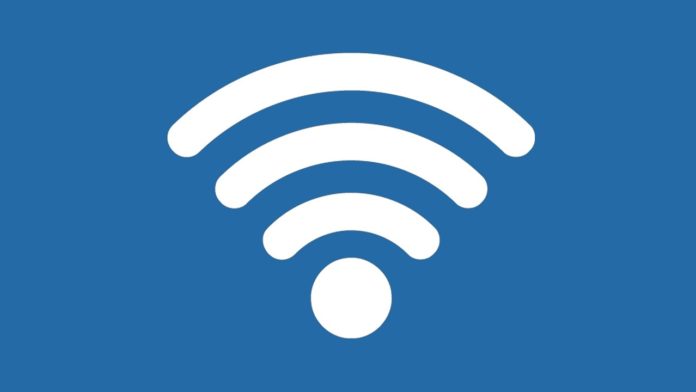A team of scientists from six universities including IIT-Kharagpur and IIM-Calcutta have developed a low-cost and fast deployable wireless system to aid communication. The system will driven by human mobility to aid disaster management services.
Other institutes include NIT Durgapur, Indian Institute of Engineering Science and Technology, Shibpur (formerly Bengal Engineering and Science University), Heritage Institute of Technology (HIT) Kolkata and Kalyani Government Engineering College (KGEC).
They are working together to enable the delivery of decentralized mobile communication services under project DiSARM.
IIM-Calcutta professor Somprakash Bandyopadhyay said, “In these emergency situations, alternative and flexible networking arrangements become critically important to ensure ongoing and effective coordination of emergency response and relief efforts. Our model works on peer-to-peer networking where humans are the data carriers.”
Scientists likened this wireless system to a ferryboat system. In ferryboat system, one side of the river the ferryman is connecting the information to the other bank as it rows the boat.
Bandopadhyay said, “When you don’t have any internet connectivity if you have a smartphone, you can connect with WiFi (through an app) which is there on your phone. So when a volunteer is connecting the data from a victim through the phone, then he is physically moving and relaying that data to others (connected with WiFi within that range) who are also moving.”
“They in turn are relaying the data about victims and the situation as they move and connect with WiFi with others within their range.”
“This movement causes this wireless system to aid communication. WiFi part of it helps you to make a peer-to-peer network.”
In case, where smartphones are not available, special router placed at vantage locations become the connector of data. The router gives the data to the device electronically. So it depends on human mobility.
Bandopadhyay said, “We have entrepreneurs who are our students who are taking this up and have formed a company and moving ahead so they can actually deploy this real-time. The entrepreneurial part is about selling this as a complete product/service. Either you pay for the service or you pre-deploy it in disaster prone areas and then go for the service.”
